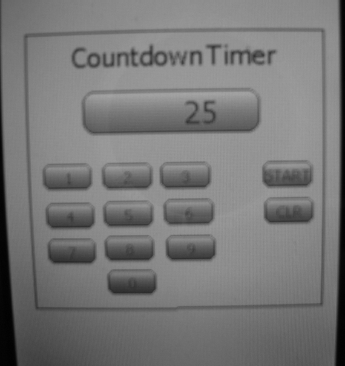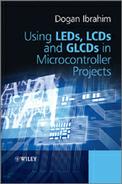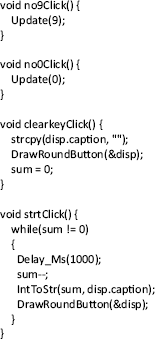15.1 PROJECT 15.1 – Countdown Timer
15.1.1 Project Description
This project describes the design of a countdown timer using the MikroMMB board for PIC18FJ (from now onwards, this board will be called the MikroMMB board). The screen consists of a soft keypad with numbers 0 to 9, a START button, a CLR button and a display box. The operation of the project is as follows: the user enters a starting number and clicks the START button. The display counts down in 1 second intervals until the count reaches zero and then it stops. Clicking the CLR button clears the display and the system is ready for the next count.
15.1.2 Block Diagram
The block diagram of the MikroMMB board is shown in Figure 15.1. A detailed circuit diagram can be obtained from the manufacturer's product guide.
Figure 15.1 Block diagram of the MikroMMB board
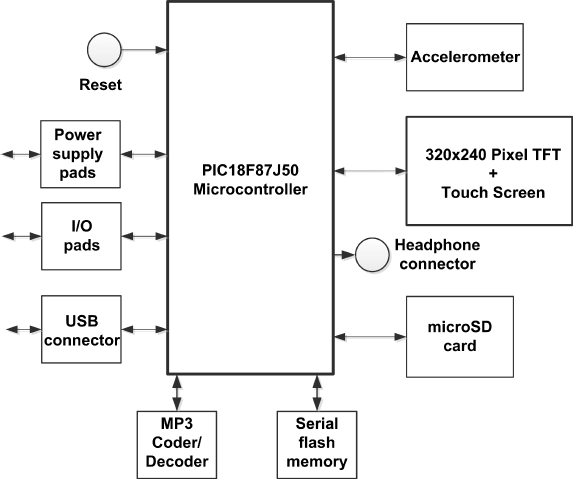
The steps for creating this project are given below:
15.1.2.1 General (see Figure 15.2)
- Hardware patterns: MikroMMB_for_PIC18FJ_hw_rev_1.05;
- Target Compiler: mikroC Pro for PIC PRO for PIC;
- Target Device: PIC18F87J50;
- Device Clock (Hz): 48 000 000.
Figure 15.2 General settings
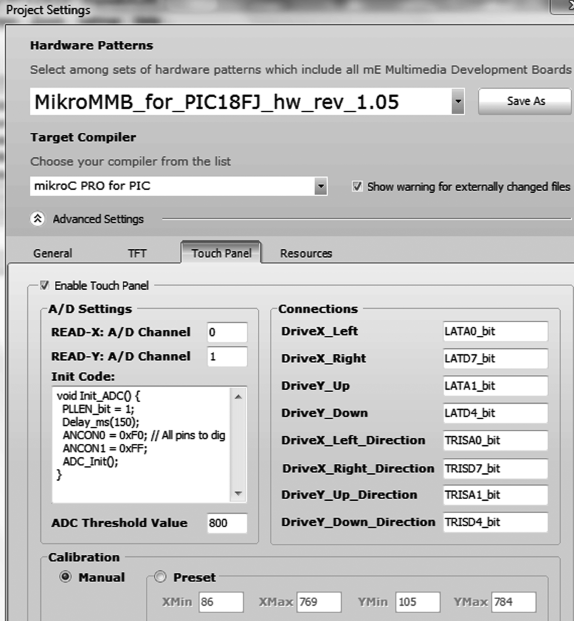
15.1.2.2 TFT (see Figure 15.3)

Figure 15.3 TFT settings
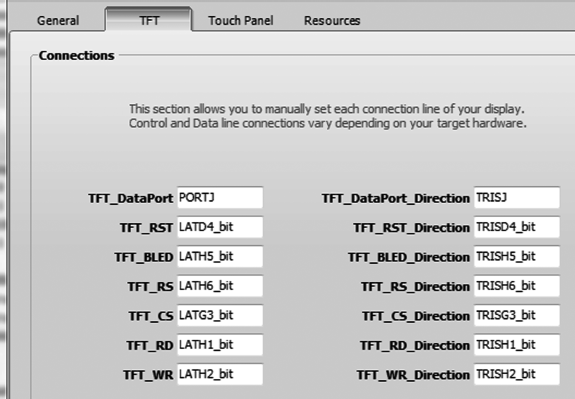
15.1.2.3 Touch Panel (see Figure 15.4)

Figure 15.4 Touch Panel settings
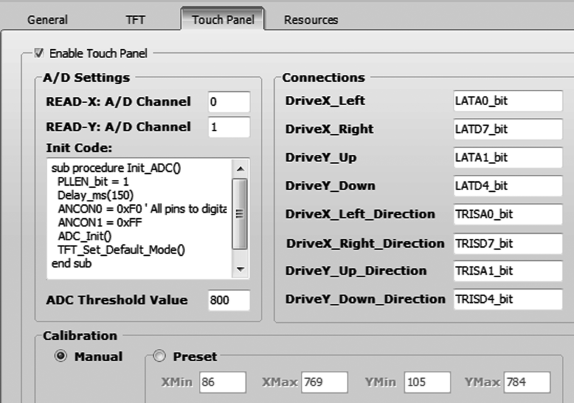
Notice that the screen calibration can either be set as ‘Manual’ or ‘Preset’. In this project, the ‘Manual’ option is chosen so that the screen can be calibrated during the run time.
![]()
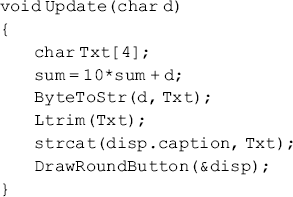
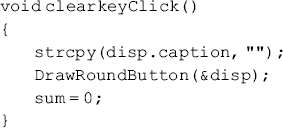
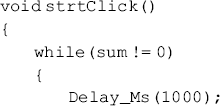

Figure 15.5 Adding Components onto the Screen
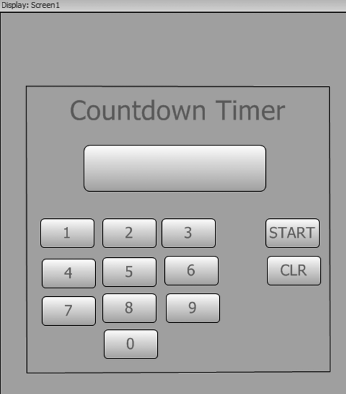
Click the icon ‘Start Compiler’ in the top menu to start the mikroC Pro for PIC compiler. Compile the program as before, by clicking the ‘Build’ icon in the top menu. Make sure that the string library and the conversions libraries are included in the project. You can check this by clicking View -> Library Manager and making sure that the boxes next to ‘C_String’ and ‘Conversions’ are checked.
We are now ready to program the microcontroller using the Bootloader software:
- Connect the MikroMMB board to the PC via the USB port.
- Start the MikroMMB Bootloader software on the PC (see Figure 15.7).
- Press the RESET button on the MikroMMB board. Then click the Connect' button within 5 seconds. You should see the message ‘Connected . . . ’. The microcontroller on the MikroMMB board can now be programed.
- Click ‘Browse for HEX’ and select the ‘.hex’ file of your project.
- Click ‘Begin Uploading’ to program the microcontroller. You should now see a progress bar as the programming is in progress. When the uploading is finished, click ‘OK’ to exit.
- Reset the MikroMMB board. The display will start after 5 seconds (if during the first 5 seconds after a RESET there is no communication with a PC, then the microcontroller assumes that this is a normal run and not a programming run).
Figure 15.7 MikroMMB Bootloader software
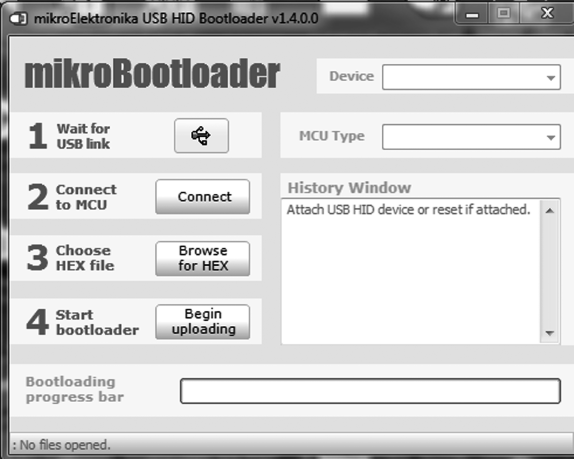
When the program is run, the user is asked initially to calibrate the screen by touching the bottom-left and upper-right points of the screen. Figure 15.8 shows a typical display from the project where the countdown starts from 25 seconds.
Figure 15.8 Typical display from the project
